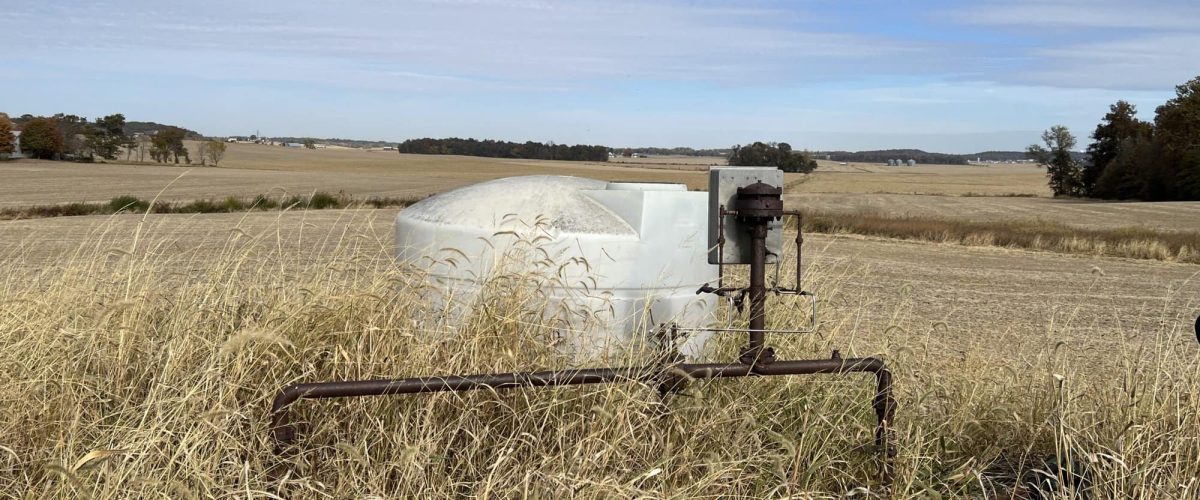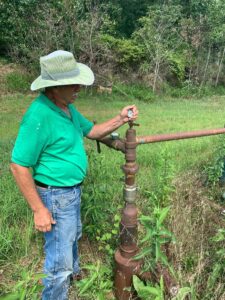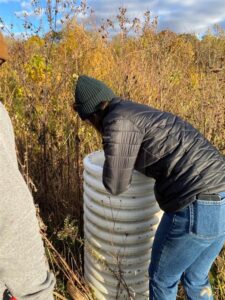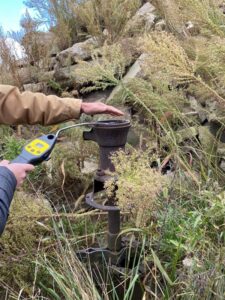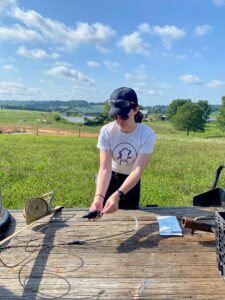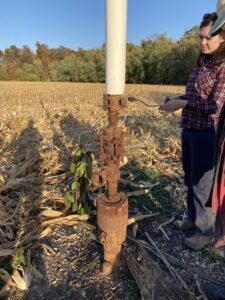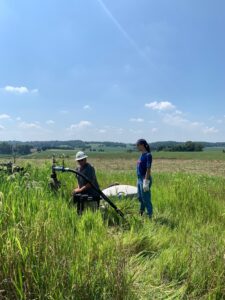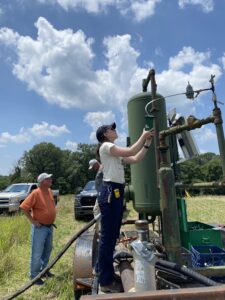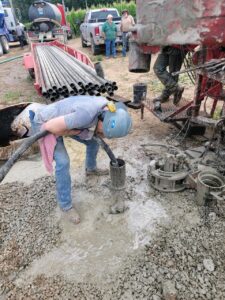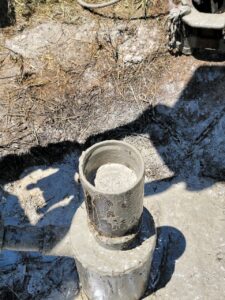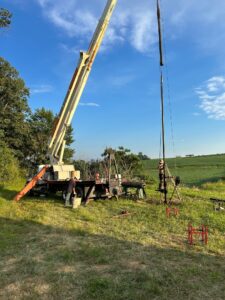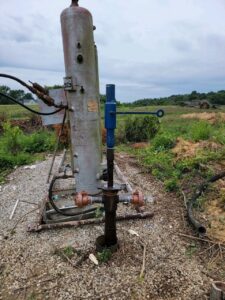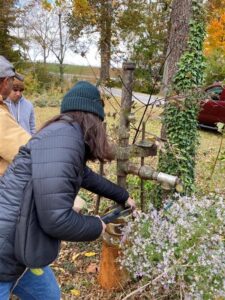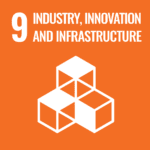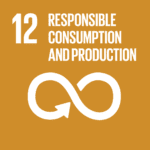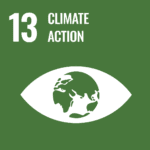Permanence
Emission reductions are considered permanent if they are not reversible. In some projects, such as forestry or soil preservation, carbon offset credits are issued based upon the volume of CO2 that will be sequestered over future decades—but human actions and natural processes such as forest fires, disease, and soil tillage can disrupt those projects. When that happens, the emission reductions claimed by the project are reversed.
The destruction of halocarbon does not carry this risk. All destruction activities in Tradewater’s projects are conducted pursuant to the Montreal Protocol , which requires “a destruction process” that “results in the permanent transformation, or decomposition of all or a significant portion of such substances.” Specifically, the destruction facilities Tradewater uses must meet or exceed the recommendations of the UN Technology & Economic Assessment Panel , which approves certain technologies to destroy halocarbons, including the requirement that the technology achieve a 99.99% or higher “destruction and removal efficiency.” Simply put, this means that Tradewater’s technologies ensure that over 99.99% of the chemicals are permanently destroyed. During the destruction process, a continuous emission monitoring system is used to ensure full destruction of the ODS collected.
